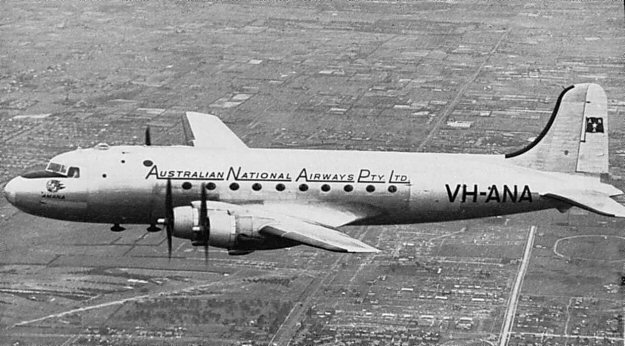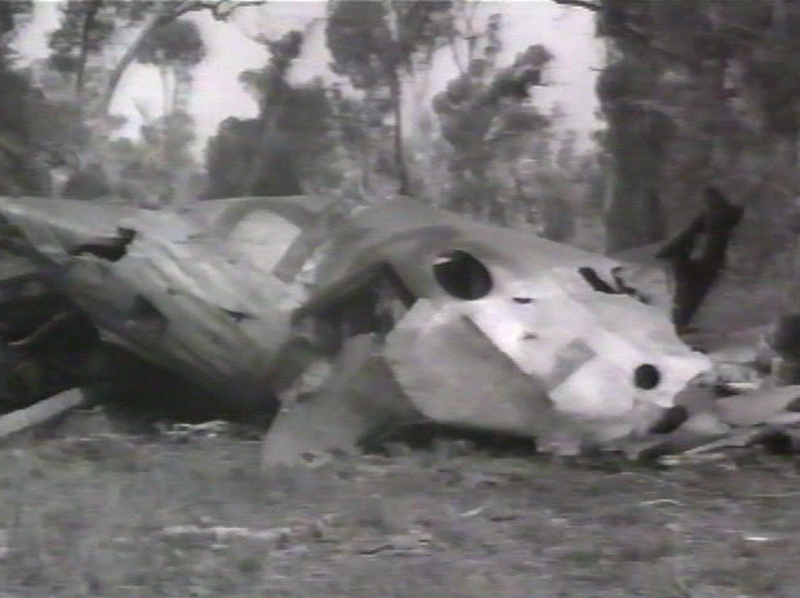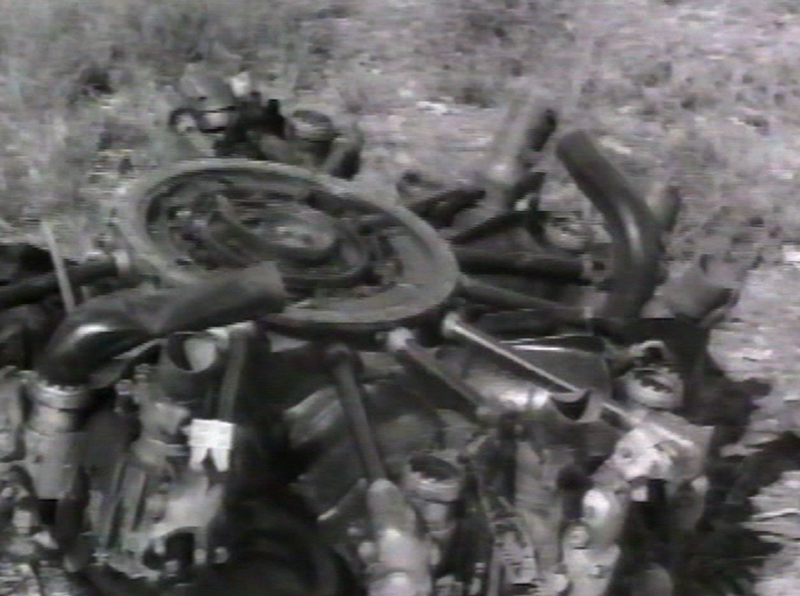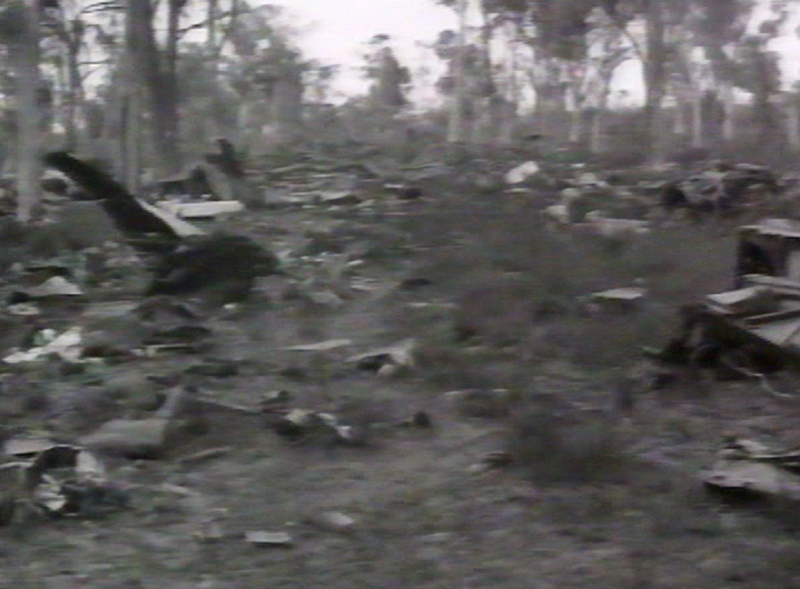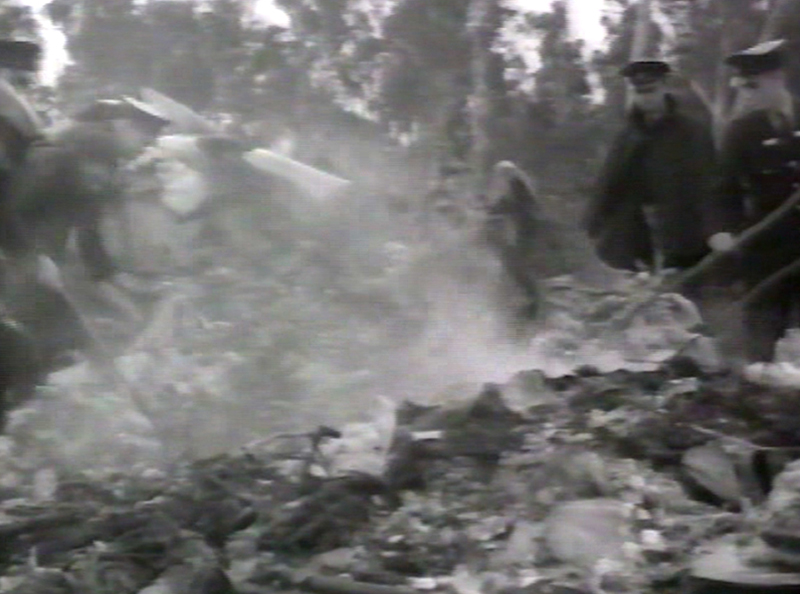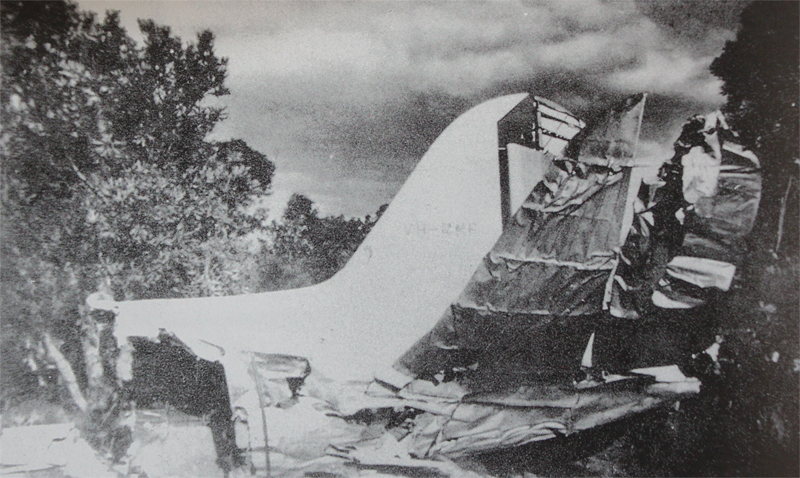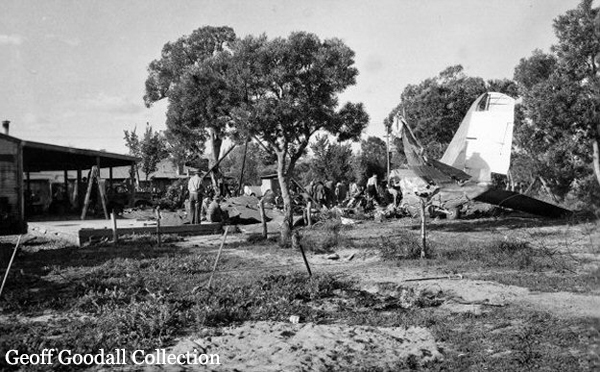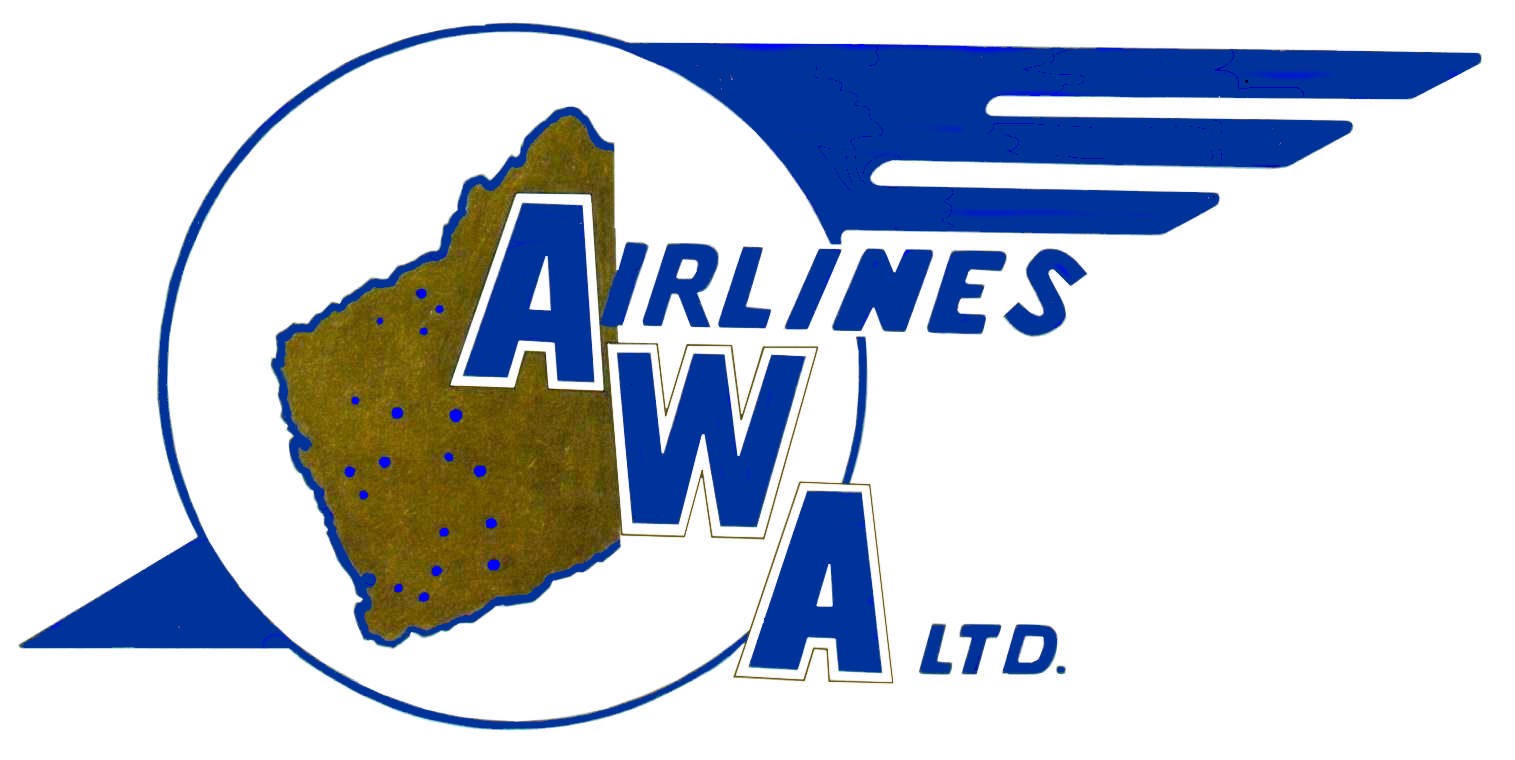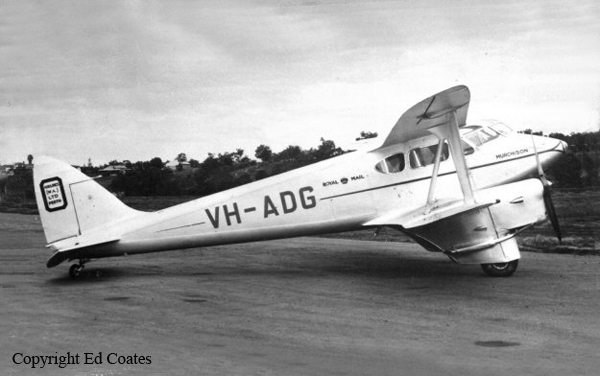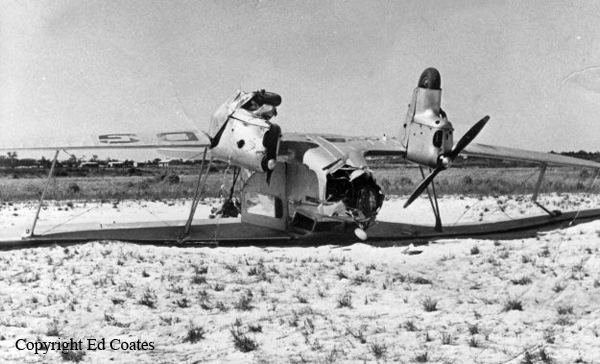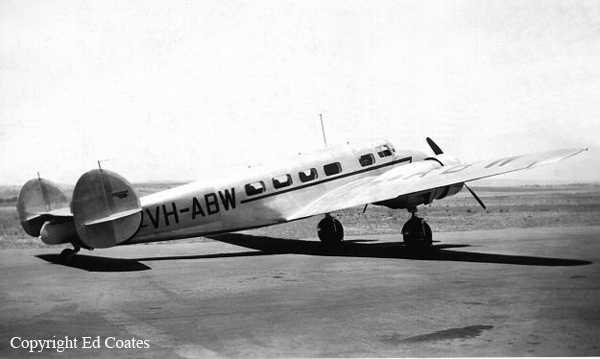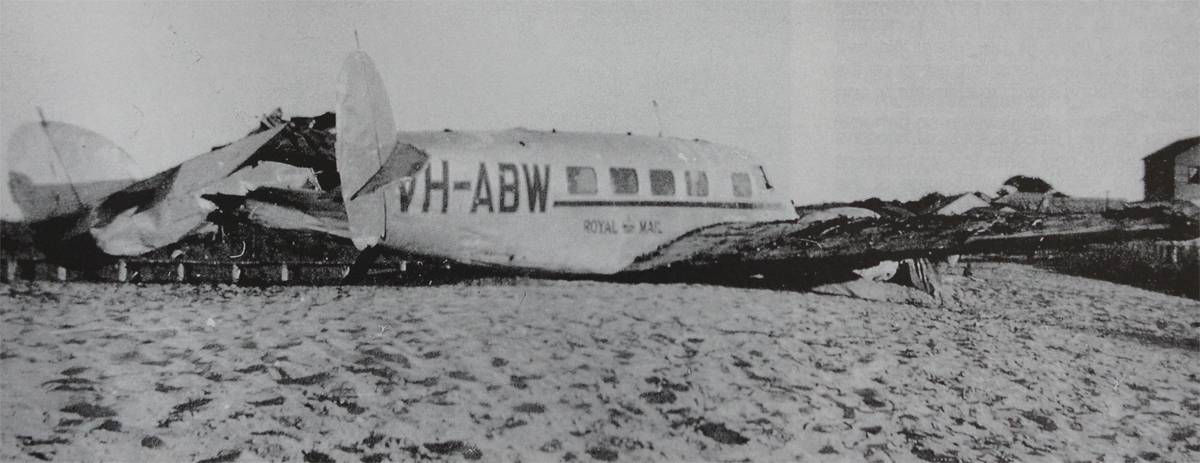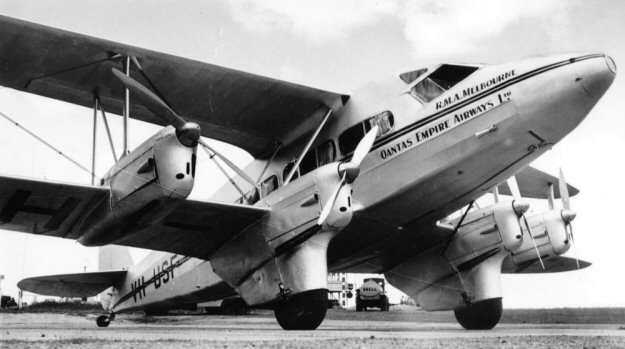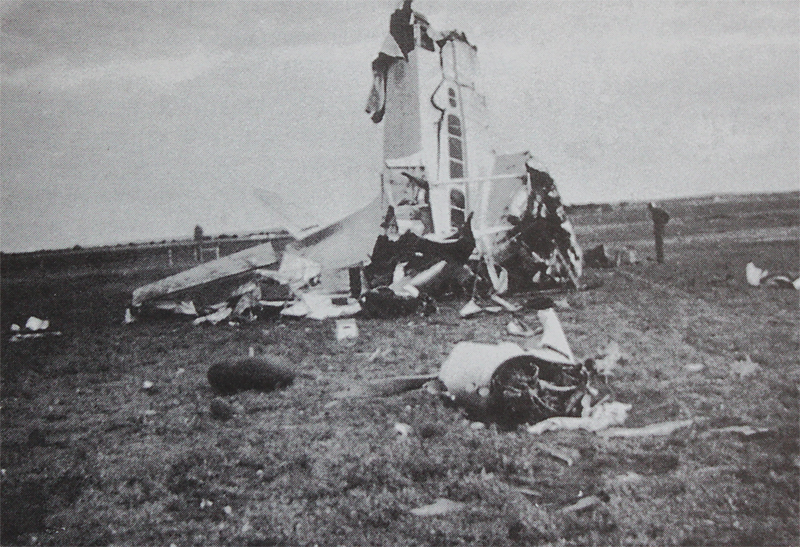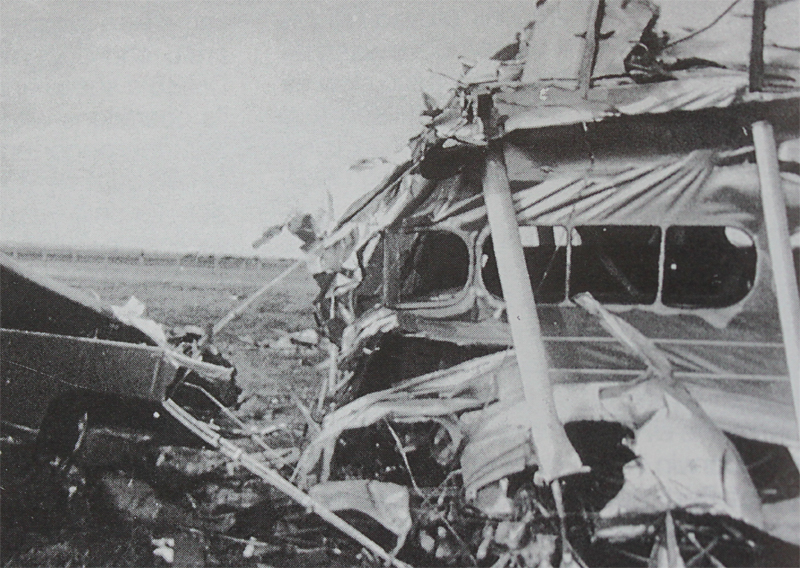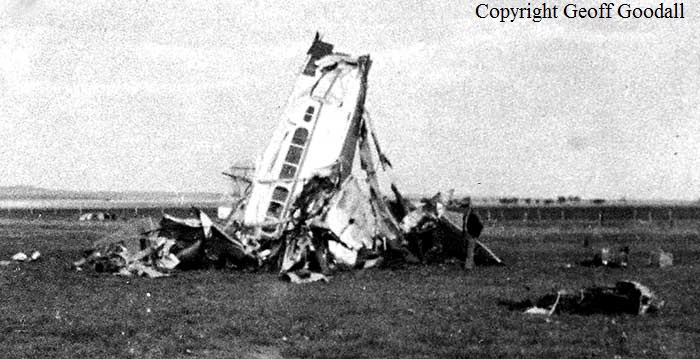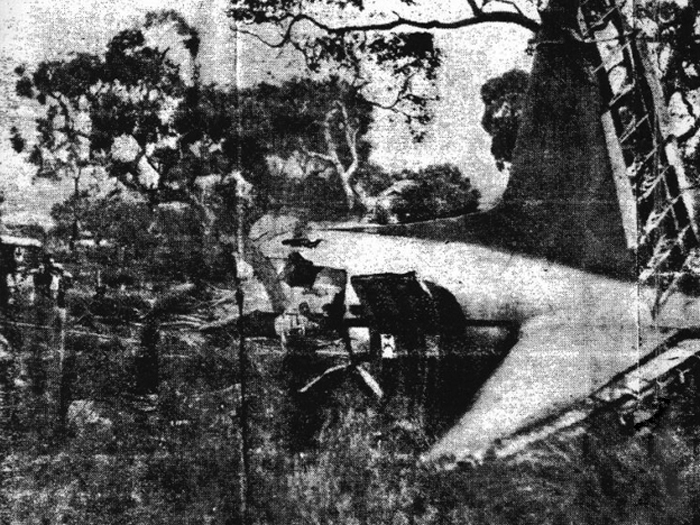Crash of a Douglas DC-4-1009 near York: 29 killed
Date & Time:
Jun 26, 1950 at 2212 LT
Registration:
VH-ANA
Survivors:
No
Schedule:
Perth – Adelaide – Melbourne
MSN:
42910
YOM:
1946
Crew on board:
5
Crew fatalities:
Pax on board:
24
Pax fatalities:
Other fatalities:
Total fatalities:
29
Circumstances:
The four engine aircraft christened 'Amana' left Perth Airport runway 29 at 2150LT on a regular schedule service to Melbourne via Adelaide. Shortly after takeoff, the crew encountered technical problems with the engine number four that must be shut down. Later, few other problems occurred on the three remaining engines, and in such situation, the captain decided to return to Perth for a safe landing. During the last turn completed by night and at low height, the aircraft hit trees and crashed in a wooded area located 19 km northwest of York. The aircraft was totally destroyed by impact forces and a post crash fire. A passenger was seriously injured while 28 other occupants were killed. Six days later, the only survivor died from his terrible injuries.
Probable cause:
The Inquiry found that the aircraft suffered a total loss of engine power on at least one occasion, followed by rapid loss of height until it struck the ground. However, the evidence did not allow the court to determine the cause of the total loss of engine power. Consequently, the court was unable to determine the cause of the accident.
